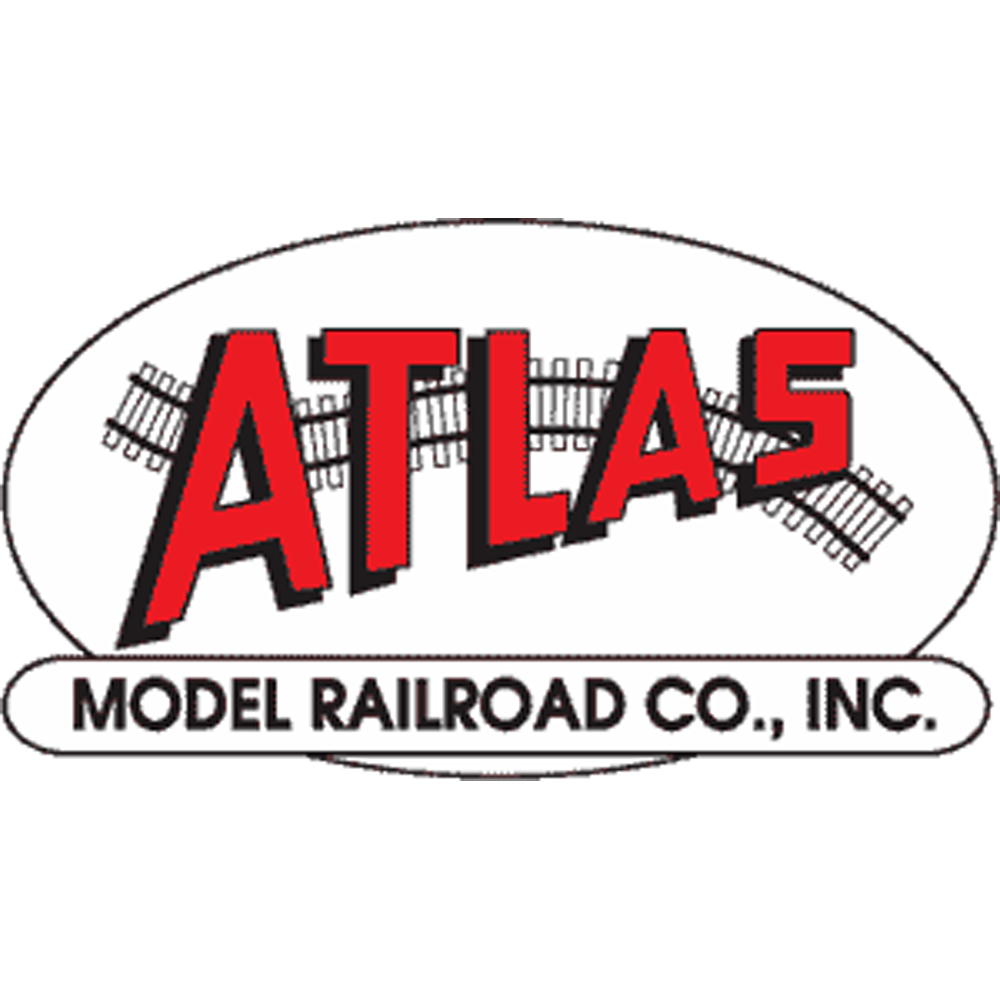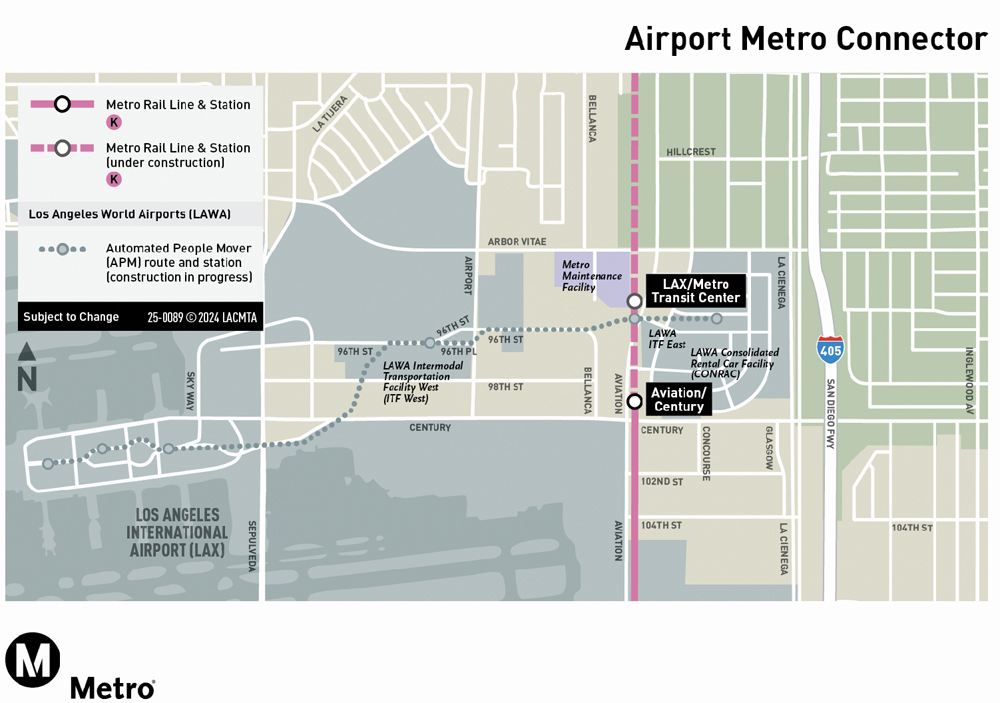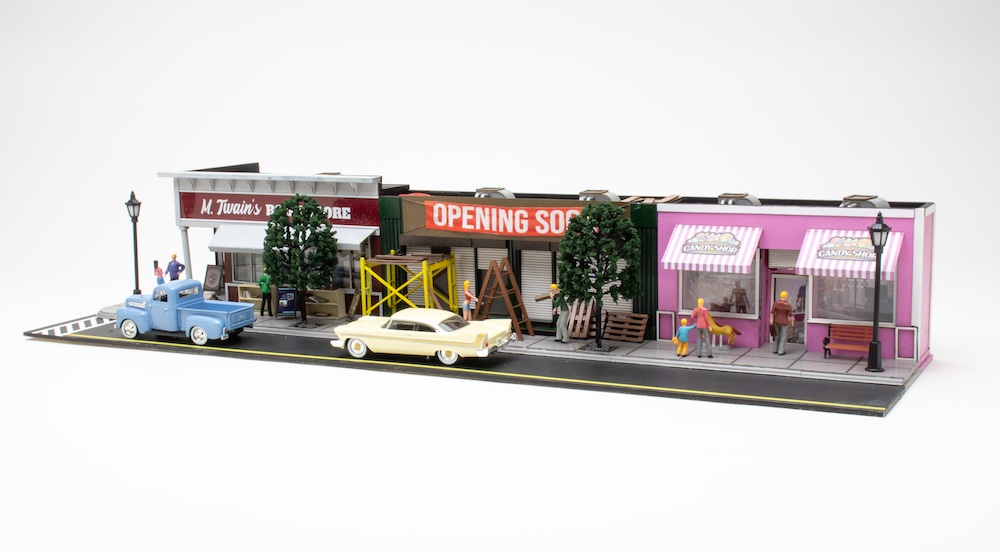WASHINGTON — The Federal Railroad Administration issued two Notices of Proposed Rulemaking (NPRM) on Dec. 19 which would allow railroads to change how they inspect track and train brake systems. Officials say the changes will “promote safety innovation and reduce unnecessary regulatory burdens.”
“It’s time to modernize existing regulations to permit methods of inspecting, testing, and maintaining track and mechanical equipment that are demonstrably safe,” says FRA Administrator Ronald L. Batory. “These updates are consistent with the performance and evidence-based standards that are already being used by many railroads.”
Currently, the FRA requires railroads to verify internal rail defects within 4 hours of discovery. But that time constraint makes it hard to utilize continuous rail inspections, like an ultrasonic test from a moving vehicle. The new rule would give railroads up to 84 hours to analyze data from a continuous rail inspection vehicle and, if an internal defect is revealed, return to the site for in-field verification.
“Although rail flaw detection is not an exact science, noncritical rail flaw limits can be difficult to estimate, and numerous variables affect rail flaw growth, FRA believes the procedures proposed in this NPRM are sufficient to ensure the extended verification timeframes would not result in complete rail failure prior to verification,” the notice reads.
The proposal also calls for the end of what’s called the “high-density commuter line exemption.” The exemption allows some commuter railroads to skip Section 213.233(b)(3), which requires railroads to inspect all main tracks from a vehicle or on foot at least once every two weeks and every siding at least once a month. The exemption was made for commuter railroads that struggle to find the time to inspect tracks because of packed schedules.
Following a 2013 derailment on Metro-North — where two commuter trains on adjacent tracks collided after one of them derailed as the result of two broken joint bars — the National Transportation Safety Board recommended that the high-density commuter line exemption be eliminated.
In a second notice, the FRA is calling for a change in brake test rules in an effort to “increase network velocity.” The change would allow trains to go without Class I air brake testing for 24 hours, extending the requirement from four hours. According to the FRA, similar rules are already in effect in Canada.
The brake system and track inspection NPRMs can be viewed online. Public comments on both NPRMs are due within 60 days of publication.














